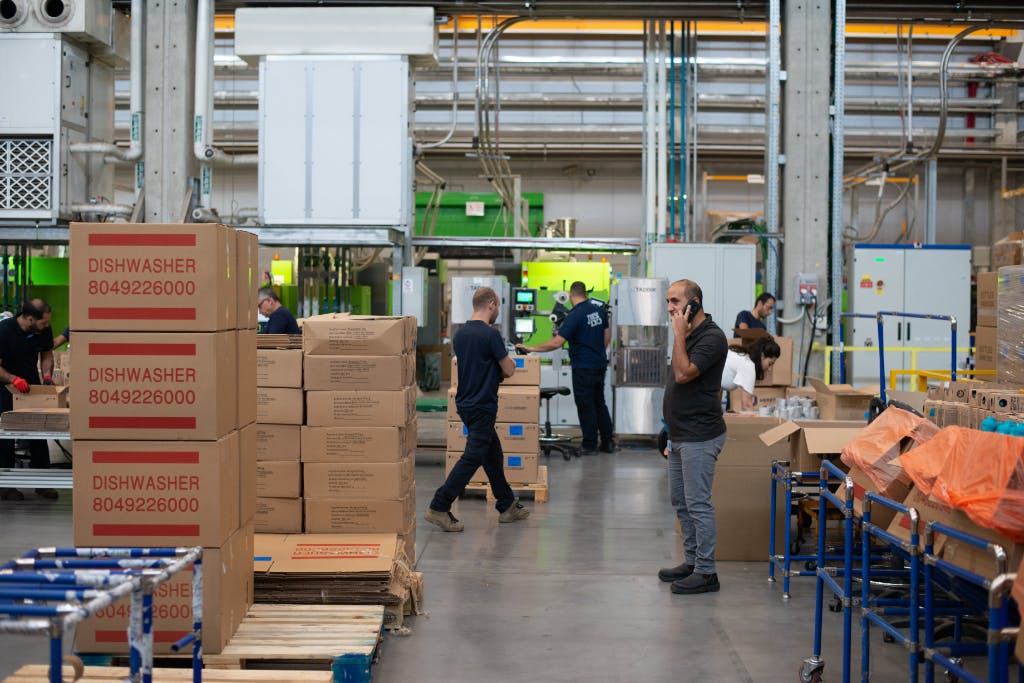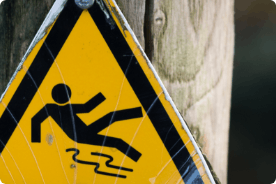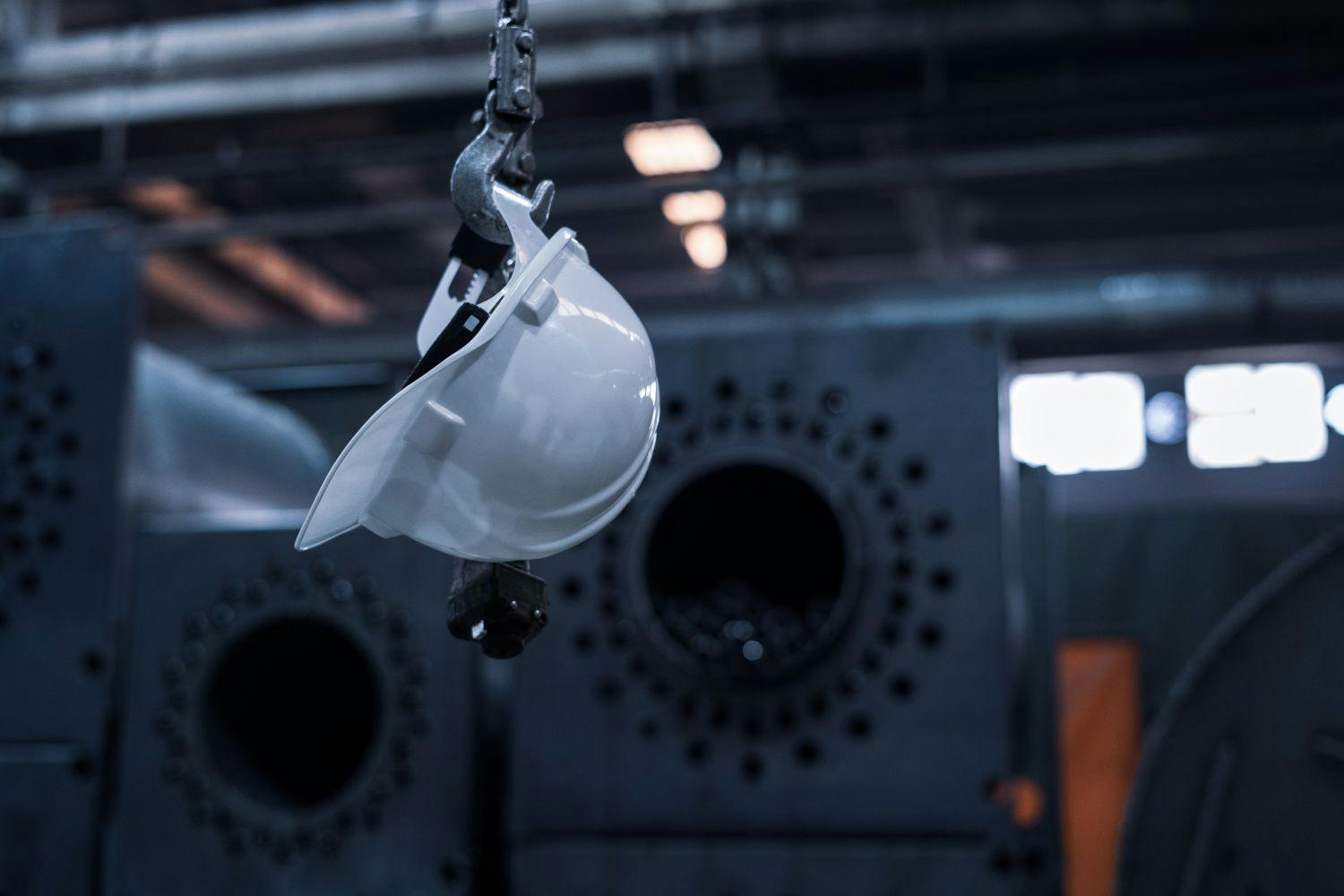First published on Thursday, Jun 04, 2020
Last updated on Thursday, Apr 07, 2022
The Manual Handling Operations Regulations 1992 (MHOR) tell us that manual handling counts as a range of activities:
- Lifting.
- Lowering.
- Pulling.
- Pushing.
- Carrying.
Ensure safe manual handling by producing a workplace policy
Create a manual handling policy that aims to avoid—as far as possible—the need to undertake manual handling tasks. Make sure it includes guidance on risk assessment, using suitable equipment, training, and handling techniques.
The health and safety risks of manual handling
The Health and Safety Executive (HSE) stats suggest that more than a third of injuries in the workplace are due to manual handling—often because the people doing the handling aren't following the correct procedures.
The most common injuries are musculoskeletal disorders (MSDs), including pain or injury to:
- Arms.
- Legs.
- Joints.
Back and shoulder strains are very common, too.
Repetitive strain injuries (RSI) can also be linked to work-related upper limb disorders (WRULDs) and it's important to consider task rotation or staff swap-over to reduce this risk.
Manual handling guidelines
First, try to eliminate or avoid hazardous manual handling tasks in your workplace where possible.
If you can't avoid manual handling, do a full manual handling risk assessment of the task and take steps to avoid injury or damage, such as:
- Plan the lift and consider where you or your employee will be placing the load. Remove all obstructions.
- Ensure that only trained and briefed staff assist with the manual handling.
- Consider whether more than one person will need to handle the load.
- Separate the load into smaller, more manageable, lighter objects where possible.
- Always choose the flattest walking route, even if it's a longer route.
- Clear the route of any potential trip and slip hazards that would increase the risk of falls.
- Plan rest stops along the way if necessary, to change grip or position and recover energy.
- Set up a clear and safe area for the lowering and unloading.
Make sure your risk assessment includes the weight of the object. While there's no legal maximum manual handling weight limit, the duty lies with the employer to control the risk. You should think about who will be doing the manual handling.
For any lifting activity
Always think about:
- The individual's capability (do they have any existing or previous conditions that will put them at greater risk?).
- The nature of the load—is it sharp or abrasive? Is it bulky, awkward, fragile?
- Environmental conditions.
- Training.
- Work organisation.
And also consider:
- The weight of the object that they're going to lift.
- The distance they need to travel with the object.
- The nature of the route—for example, will they need to climb stairs?
- The environment—is the lighting good enough? Are the floors slippery? Is there limited space?
- The postures that the individuals will adopt during the manual handling (try to use similar-height staff for group or team lifting, to reduce risks).
Conduct this risk assessment every time someone is going to do any manual handling and review the risk assessment at least annually or following an incident (near miss) or an accident.
Good manual handling techniques
First, anyone doing any handling should warm up. This might sound excessive, but warming up your muscles and joints will help to prevent any injuries such as strains or even breaks.
When lifting something manually:
- Stand close to the object, with your feet apart (roughly the distance between your shoulders).
- Bend your knees, not your back, when reaching down and lifting up.
- Grasp the object firmly (check/gauge the weight and integrity of the load prior to lifting full weight).
- Raise your head and shoulders, and then lift with your legs.
When moving:
- Keep the heaviest side close to your body.
- Point your feet in the direction you're moving.
- Move with your feet. Keep one foot ahead of the other to maintain balance.
- Do not twist your back or lean to the sides where possible.
- Keep your shoulders level and facing in the same direction as your hips.
- Look ahead—not down at the load—as often as possible.
- Only change grip during a rest stop.
Once you lower the object, adjust it as necessary to reposition the load by sliding or turning it.
Could you use a lifting aid instead?
Forklift trucks, hoists (hand- or electric-powered), conveyors—these aids can all reduce the risk of injury in the workplace and often speed up the process of the handling.
You might find that you can only use a lifting aid in addition to handling, rather than as a replacement. Where possible, use lifting aids such as simple dolly boards, trolleys, pallets, or sack trucks.
Always make sure that anyone who uses a lifting aid has training in the use of the aid—you must not let someone use any work equipment they haven't had the training to use.
Manual handling training for your staff
You could include a short manual handling course in your employee inductions.
But if you feel that your workplace and your employees' duties require a more comprehensive course, find one online or look into hiring a health & safety professional to come to your workplace.
Need help?
BrightHR customers can use our HR software to protect important documents (like a manual handling policy) in secure, unlimited cloud storage.
Not a BrightHR customer? Well, what are you waiting for?
Book your free demo of our HR software today and discover a new way to manage your business—from just £3 per month.








